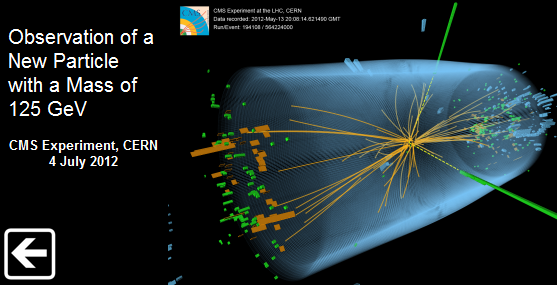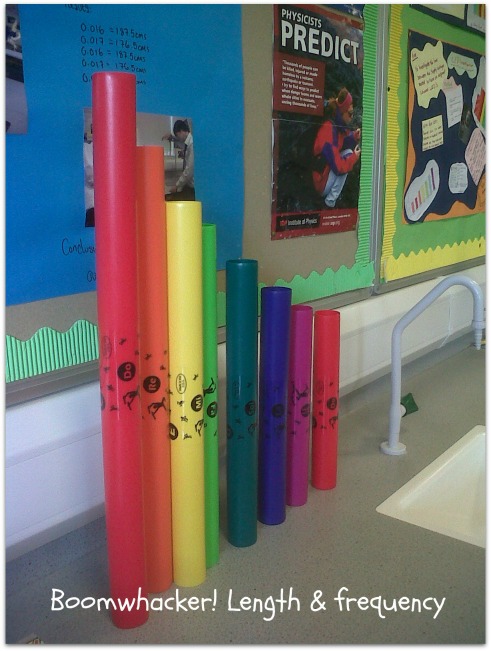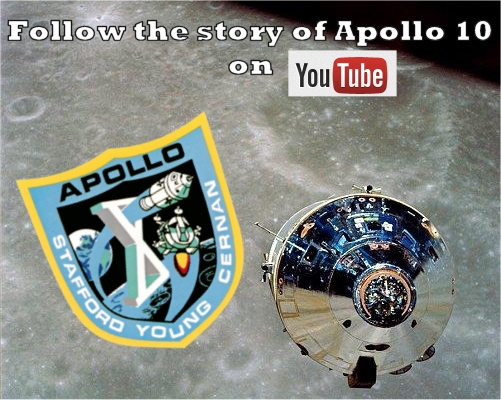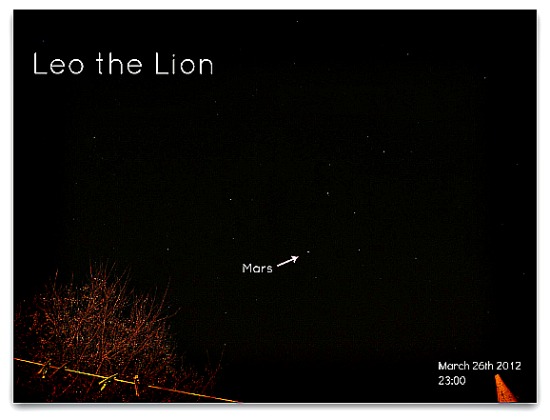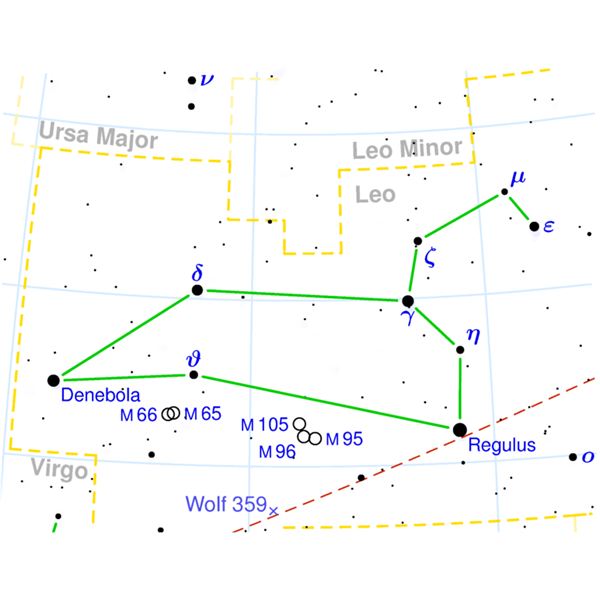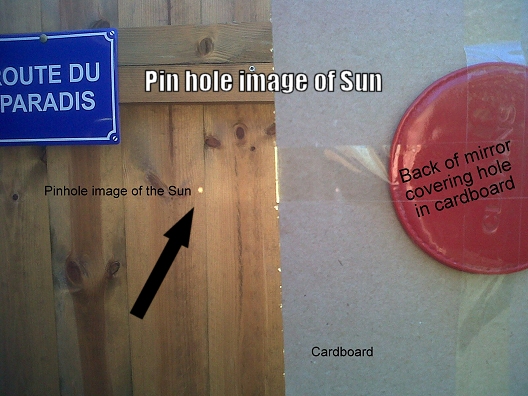
After the stormy weather of the Christmas period it was great to see the Sun shining brightly yesterday.
Actually, even though it is just past midwinter, the Sun was at its closet to the planet yesterday.
Astronomically we say the Earth was at perihelion
The fact that we are in winter is to do with the tilt of our planet which is tilted away from the Sun at the moment and nothing to do with distance from the Sun.
Anyway I wanted to capture the image of the Sun yesterday using a small compact mirror and piece of cardboard.
It is quite simple. Just make a hole in the cardboard with a pencil, just about the width of the pencil.
Sellotape the mirror onto the card over the hole.
Now carefully point the cardboard with the mirror towards the sun aiming the reflected image onto a wall a few metres away and there you have it! An image of the Sun`s disk.
WARNING! NEVER LOOK DIRECTLY AT THE SUN
It is possible to see sunspots on the image if you project it into a dark box a few metres away.
The diagram below shows how to set up your pin hole arrangement.
The mirror is placed over the hole and by moving the cardboard the image of the Sun can be moved onto a wall a few metres away.
Click the diagram below to see it larger.
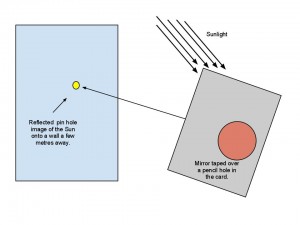
I projected the image of the Sun onto my shed wall.
The mirror has the effect of increasing the distance from the pinhole ( actually the hole in the cardboard ) to the wall thus making the image larger.
Try this solar project out and see if you can capture the image of the Sun.
But I do have to emphasize: DO NOT LOOK AT THE SUN
